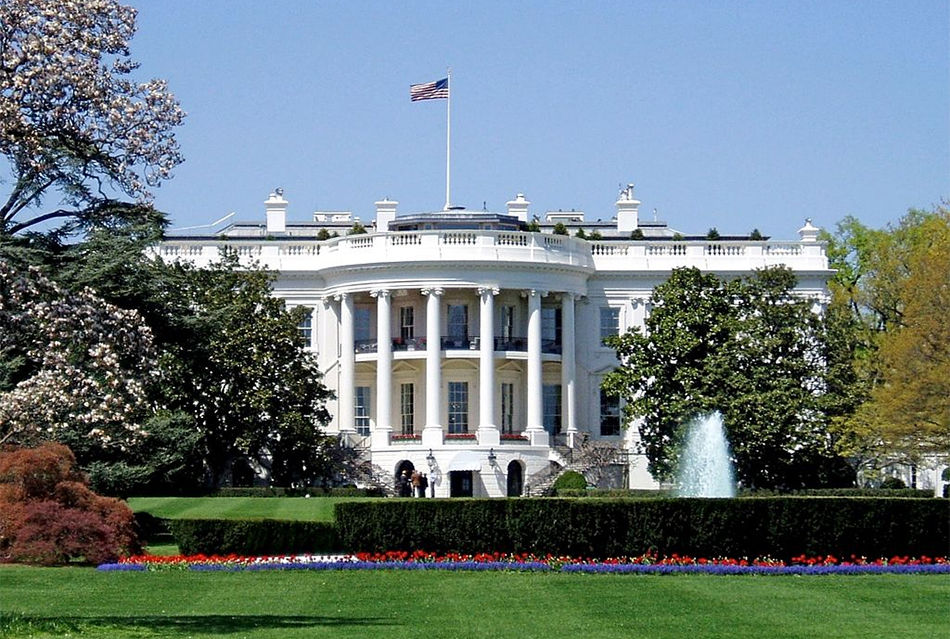Treasury Signals Potential Overbuild Blitz with ARPA Broadband Funds
Expands definition of "needy" areas to include price, speed and reliability

The Biden Administration has dramatically expanded use of COVID-19 state and local fiscal recovery broadband funds under the American Rescue Plan Act (ARPA) in a way that could provide for major overbuilding of existing broadband service that does not meet the government's idea of the right price, speed or reliability.
Treasury suggested that current programs focused on "unserved and underserved" and lower speeds leave a digital divide that the ARPA funding could help close. "[G]iven that many federal broadband grant programs are focused solely on unserved and underserved areas, Treasury believes that the final rule’s flexibility enables these funds to fill an important role in the overall federal broadband landscape."
The Treasury Department's newly issued final rule on how to spend billions for broadband buildouts makes major changes from the interim rule, but keeps its finger on the scale for municipal broadband.
The Biden Administration has been arguing that speed and affordability should be part of the definition of broadband availability, while ISPs argue government money should be focused on unserved households and businesses rather than subsidizing competition to existing broadband service.
"The final rule significantly broadens eligible broadband infrastructure investments to address challenges with broadband access, affordability, and reliability," Treasury said.
While the interim final rule for the ARPA broadband funds limited investments to "unserved or underserved" households or businesses, defined as those without access to 25 Mbps download/3 Mbps upload speeds, which FCC chair Jessica Rosenworcel among others as argued are too low, the final rule expands it to "households and businesses with an identified need for additional broadband infrastructure investment."
The definition of the "need" that triggers investment, according to a copy of the final rule, includes "lack of broadband service reliably delivering certain speeds," and said that speed should be 100 Mbps symmetrical (upload and download), or at least 100 MBPs/20 Mbps scalable to 100/100. It also says "need" can include "lack of affordable access to broadband service, or lack of reliable broadband service.”
The final rule says, flatly, that a project can't be considered a necessary investment in broadband infrastructure if it is not affordable to those the project is meant to serve. So, ISPs have to either be participating in the FCC's Affordable Connectivity Program or otherwise provide low-income consumers a low-cost option along the lines if ACP.
Treasury also continues to urge fund recipients to prioritize fiber buildouts wherever possible, as well as on last-mile connections.
As with the interim rule, the Administration continues to encourage prioritizing money for municipal broadband, i.e. those run by, or affiliated with, local governments, nonprofits and coops.
The Administration also does not appear to have a problem with overbuilding existing service in order to make sure those municipal--or otherwise--buildouts can make enough money to stay in business. "
"Households and businesses with an identified need for additional broadband infrastructure investment do not have to be the only ones in the service area served by an eligible broadband infrastructure project," Treasury said. "Indeed, serving these households and businesses may require a "holistic approach that provides service to a wider area, for example, in order to make ongoing service of certain households or businesses within the service area economical."
ISPs have long complained that municipal broadband is overbuilding them with government subsidies. But they also complain that many of those systems have gone under because they can't make a go of it after the initial subsidy, leaving taxpayers to pay for their failure.
Treasury explained why it decided to dramatically broaden eligibility:
"In the final rule, Treasury expands eligible areas for broadband investment by requiring that recipients invest in projects designed to provide service to households and businesses with an identified need for additional broadband investment, including increasing access to high-speed broadband, increasing the affordability of broadband services, and improving the reliability of broadband service.
Treasury considered multiple alternatives when selecting this standard. The threshold for the interim final rule allowed benefits to accrue in a more targeted manner to the approximately 9% of the country with access to speeds under the 25/3 Mbps threshold. However, since SLFRF funds are distributed to tens of thousands of governments across the country with a variety of broadband needs, Treasury believes that allowing recipients greater flexibility to determine locations to serve in their jurisdictions – including considering affordability and competition barriers – will lead to greater long-term public benefit." ■
The smarter way to stay on top of the multichannel video marketplace. Sign up below.
Contributing editor John Eggerton has been an editor and/or writer on media regulation, legislation and policy for over four decades, including covering the FCC, FTC, Congress, the major media trade associations, and the federal courts. In addition to Multichannel News and Broadcasting + Cable, his work has appeared in Radio World, TV Technology, TV Fax, This Week in Consumer Electronics, Variety and the Encyclopedia Britannica.

